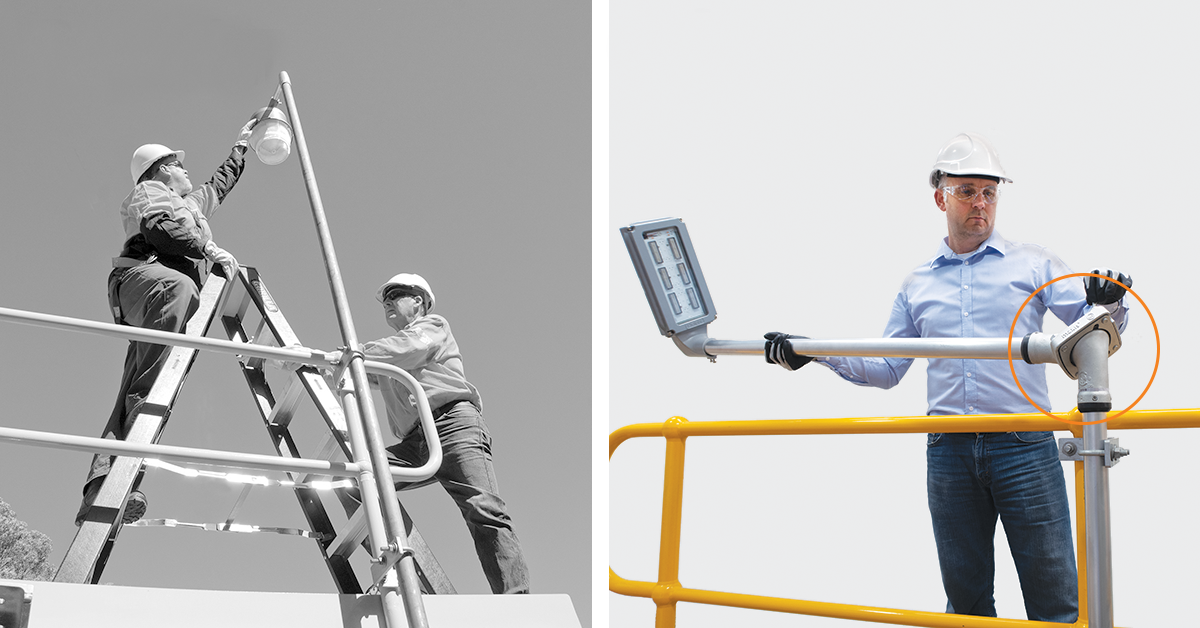Creating safer workplaces for employees is critical for any business. Workers have every right to refuse to work in unsafe conditions, and the law protects this right. Further to that, company owners are facing increasing liability when it comes to workplace accidents, due to newly-introduced legislation. This changing safety landscape is in the interest of ensuring that there are fewer injuries and fatalities in the workplace. As a business owner or plant manager, it is important to understand what the main causes of injuries and fatalities are to reduce employees’ exposure to hazards.
What are the legal implications of poor workplace safety?
Governments have been clarifying any uncertainty in health and safety legislation and are imposing tougher penalties for top management. An example of this is a new law in Victoria, Australia that can hold top management liable for workplace manslaughter. Workplace manslaughter can refer to any incident that results in a fatality due to the employee being allowed to work in an unsafe environment in accordance with the National OHS Act.
There are similar laws in other countries, and in those where they are not yet implemented, it is only a matter of time before they are legislated. Holding top management accountable for the safety of their employees is a sure-fire way to instil a culture of safety that can result in safer workplaces.
Working from heights - a top contributor to workplace fatalities
Australian safety statistics for the last 15 years show that falling from heights is the third most fatal incident in the workplace. This is due to the fact that the smallest mistake while working at heights can result in a fall that may easily cause a fatality. In fact, falling from a height as low as 3 metres can result in a fatality or permanent impairment.
What defines working at height?
Working from height can include any work that poses the risk of falling; there is no “minimum height”. In a factory or industrial setting, this work typically includes the use of a scaffold, ladder or elevated work platforms to allow workers to gain access to an elevated area to perform work-related activities. Usually, it also requires additional safety gear, planning and permits. Permanent access solutions have traditionally not been cost-effective since maintenance cycles can be infrequent.
Types of hazard control
When considering a better solution for working at heights, it’s worth taking into account the three main accepted methods of hazard control in the health and safety spectrum.
- Engineering controls - Engineering controls can consist of removing or substituting the hazard. The hazard can be completely removed from the workplace or it can be substituted with a process or a design that reduces the original hazard.
- Administrative control - Hazards can be removed via administrative control. This includes safe working procedures, work permits, training and monitoring.
- Personal protective equipment (PPE) - PPE is the last resort to reducing the risks when exposed to workplace hazards due to its limited effectiveness.
The most effective method of creating safer workplaces is to eliminate hazards through engineering controls. These types of controls are inherently built into the process and therefore do not rely on human intervention to be effective. Swivelpole™ lowering pole solutions are examples of engineering control that can help eliminate the need to work from heights.
Reducing the risks of access and creating safer workplaces
Activities that take place regularly at height are upgrading, and the maintenance and repair of pole mounted equipment. Some examples of equipment that require working at heights in a typical industrial setting are:
● Lighting
● CCTV & surveillance
● Networking equipment
● Sirens & alarms
● Instrumentation
These items are often mounted on poles in order to give the equipment improved line-of-sight or area of effect. This height requirement is also what makes maintaining or repairing it potentially dangerous. Due to the sheer number of lights, CCTV cameras and other equipment that is mounted at height in any industrial facility, the probability of an accident during maintenance or repair is increased. And by extension, so is the risk to the company.
This specific risk can be eliminated by making use of the Swivelpole™ lowering pole solution which allows easy access to any pole mounted equipment with zero height-related hazards. This is done via a simple swivel mechanism that can lower the mounted equipment to an ergonomic height without any ladders or scaffolding, therefore effectively eliminating the risk involved. Swivelpole™ can be incorporated into new installations or existing poles can be converted into lowering poles using the pole conversion system and a Maxis™ joint.
Using Swivelpole™ to reduce risk and keep workers safe
Any company that makes a concerted effort to introduce new technologies and equipment into the workplace to lessen their employees’ risk will also eliminate the risk of legal action. Swivelpole™ is the perfect engineering solution for eliminating a significant proportion of potential risk from working at height and ensuring safer workplaces.
Contact a Swivelpole™ representative today to find out more about the safety implications and the financial savings possible with this unique system.
